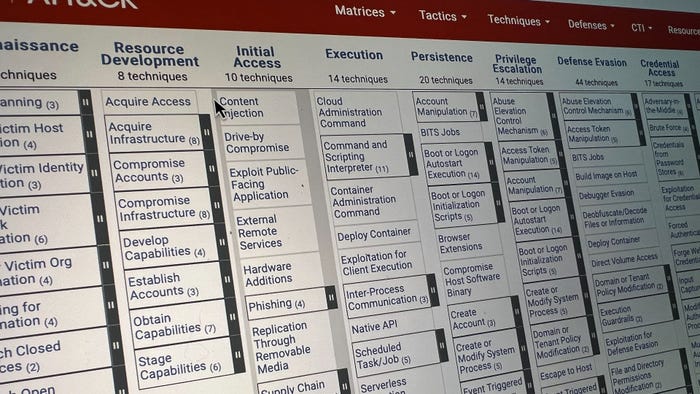Microsoft Warns Of Critical VulnerabilityMicrosoft Warns Of Critical Vulnerability
Microsoft Friday warned its customers that attackers are targeting an unpatched and critical Windows vulnerability.
July 18, 2010

Microsoft Friday warned its customers that attackers are targeting an unpatched and critical Windows vulnerability.Microsoft Security Advisory (2286198) addresses a previously known vulnerability that makes it possible to exploit removable drives. Microsoft claims it has so far seen only limited, targeted attacks: "The vulnerability exists because Windows incorrectly parses shortcuts in such a way that malicious code may be executed when the user clicks the displayed icon of a specially crafted shortcut. This vulnerability is most likely to be exploited through removable drives. For systems that have AutoPlay disabled, customers would need to manually browse to the root folder of the removable disk in order for the vulnerability to be exploited. For Windows 7 systems, AutoPlay functionality for removable disks is automatically disabled."
Anti-virus vendor Sophos warns that this vulnerability makes it possible for attackers to exploit all versions of Windows, including Windows 7:
"The flaw is in how shell32.dll tries to load control panel icons from applets. By making a specially crafted shortcut pointing to a malicious file, you can make Windows Explorer blindly execute the malicious file when the location of the shortcut is merely browsed to. In this case the malicious file is a rootkit and a dropper that immediately hide the special shortcut (.lnk) files. Allowing executable code to load in the process of trying to retrieve an icon seems like a major oversight in the design of Windows."
Below is an interesting video produced by Sophos that demonstrates the attack underway.
Currently, Microsoft's advice is to disable icons for shortcuts. While a savvy home user may be able to pull that off - it's unlikely to be practical in a business environment. Most users will think their PC is "broken" and wonder why files won't launch. They also suggest disabling the WebDav WebClient. That's another less-than-ideal solution if your enterprise uses SharePoint.
That means, unfortunately, your best bet may be to make certain that your anti-malware software protects against the current batch of exploits. And wait for the inevitable patch, which hopefully comes on or before August's Patch Tuesday.
About the Author
You May Also Like
Uncovering Threats to Your Mainframe & How to Keep Host Access Secure
Feb 13, 2025Securing the Remote Workforce
Feb 20, 2025Emerging Technologies and Their Impact on CISO Strategies
Feb 25, 2025How CISOs Navigate the Regulatory and Compliance Maze
Feb 26, 2025Where Does Outsourcing Make Sense for Your Organization?
Feb 27, 2025




